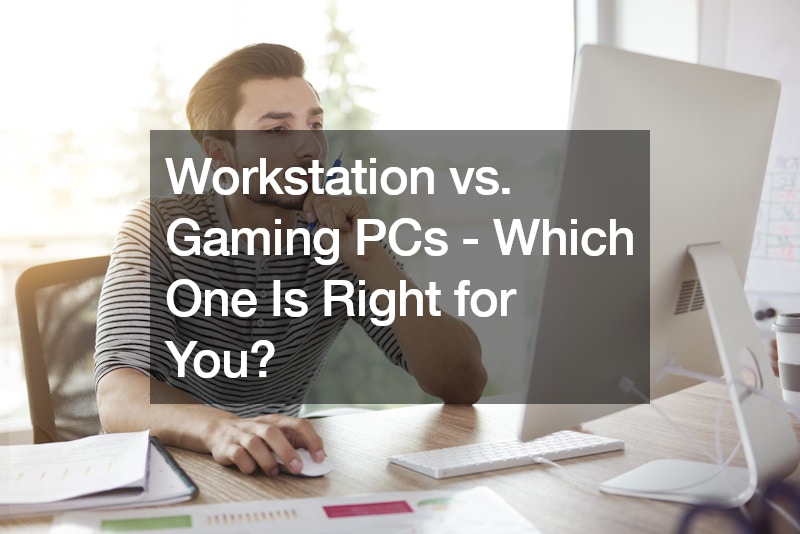When it comes to choosing the right computer, understanding the differences between workstations and gaming PCs is crucial. Both are powerful, but they serve distinct purposes and cater to different needs.
A workstation is designed for professional tasks that demand high computational power. These tasks range from scientific research and engineering to architecture and graphic design. Workstations typically feature powerful CPUs like the Intel Xeon or AMD Epyc, which are excellent for multitasking and handling large volumes of data.
They also come with extensive RAM—32GB or more, sometimes reaching up to 256GB—and specialized GPUs such as NVIDIA Quadro or AMD Radeon Pro. These components ensure that workstations can run complex applications smoothly and reliably, making them ideal for professional environments.
On the other hand, gaming computers are optimized for high-performance gaming. They prioritize a strong GPU, essential for rendering high-quality graphics and ensuring a smooth gaming experience. While gaming PCs might use CPUs like the Intel Core i7 or AMD Ryzen 7, these are considered entry-level for workstations. Gaming PCs typically have less RAM, as most games do not require more than 16GB.
If your primary use involves professional applications that require robust computational power, a workstation is the better choice. However, if gaming is your main focus, a gaming PC will offer the best performance for your money. While workstations can handle gaming if equipped with a suitable GPU, they are often overkill and more expensive than necessary for this purpose. Conversely, using a gaming PC for professional-grade tasks may result in slower performance and inefficiency.
Ultimately, the decision hinges on your specific needs: choose a workstation for professional, heavy-duty tasks and a gaming PC for a top-tier gaming experience.
.

